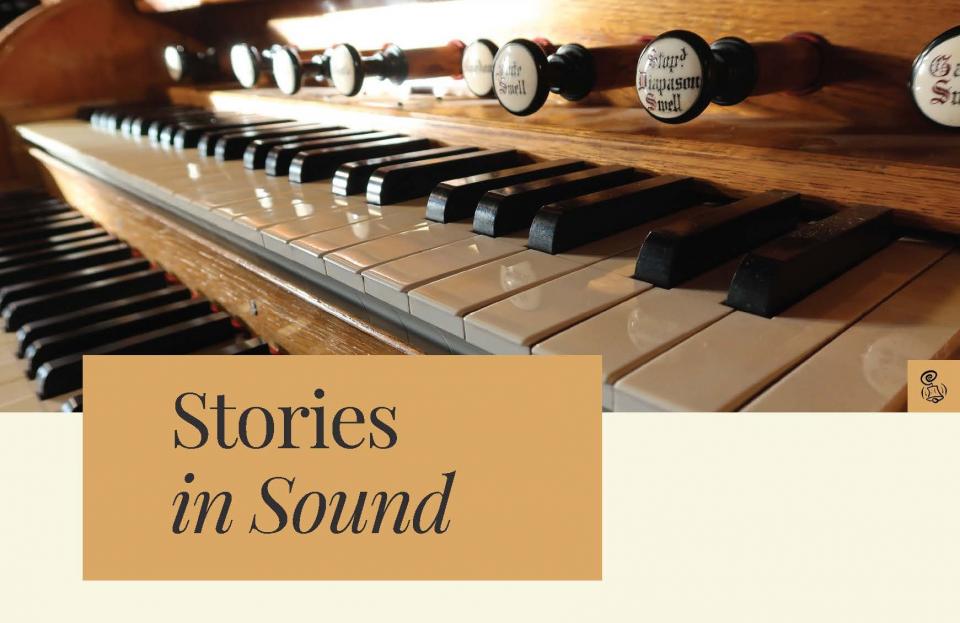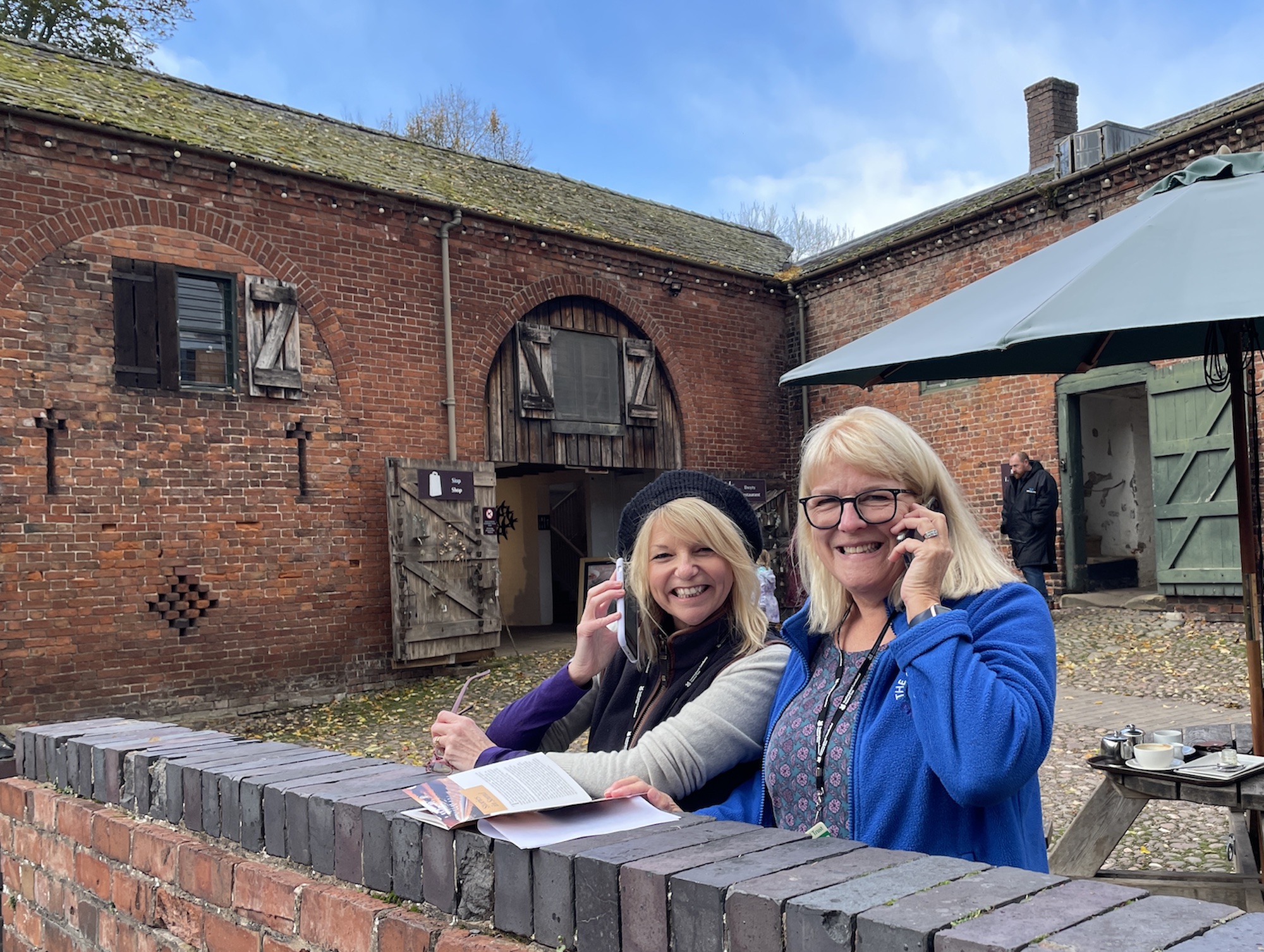
Hearing History at Erddig
National Trust staff, volunteers, and visitors are testing a new way to bring historic sounds and music into storytelling at Erddig, a Welsh house and estate with a rich sonic past.
Hearing History: Writing the Sounds of Erddig asks how augmented reality (AR) can enhance experience of historic sites, using new immersive publication technology together with traditional print. Erddig, near Wrexham in North Wales, is among the National Trust’s most fascinating houses, with a large and varied collection of over 30,000 items, from artworks to farm tools. Hearing History introduces readers and heritage visitors to Erddig’s stories through sound and multimedia, aiming to test new ways of representing the past.

New creative writing from two early-career artists commissioned for the project appears in a specially designed brochure. Theodore Langdale captures how sound, memory and emotion reverberate through Erddig’s rooms, both above and below stairs, and out into the gardens. Guruleen Kahlo gives voice to Erddig’s historic images of people of colour, asking what these figures might have thought or felt.
This imaginative work can be read on its own. But the brochure creates an especially rich experience when used to launch AR features through the Hearing History app, available in Apple Store or Google Play. Once the app is downloaded to the user’s phone or tablet, photographs in the brochure connect to the app to unlock AR features – audio, video, picture galleries and popup text boxes – on the user’s device when it is held up to the page. Multimedia materials accessed through the app complete and enhance the written stories, providing new ways to connect to Erddig’s spaces and objects.
The AR for Hearing History uses recordings from the extensive Sounding Erddig sound bank, an online library featuring music from the 18th to 20th centuries still held in Erddig’s collections, as well as sounds made by objects and activities recreated in its historic spaces. Newly created soundscapes by composers Sophia Hurst and Emma Clarke evoke kitchen, garden and chapel scenes, while short radio-style dramas use sounds together with scripts to bring characters to life. Newly recorded music, including a piece by former resident Louisa Scott and horn calls from the eighteenth century, features alongside videos about instruments once heard in the house.
Hearing History uses research from the Music, Home, and Heritage project (2017-2022), funded by the Arts and Humanities Research Council, and technology created by AR specialists Immersive Publishing. It is led by Jeanice Brooks, Sarah Cleave, and Wiebke Thormählen, and supported through partnership with the National Trust, University of Southampton, Royal Northern College of Music, and Manchester Metropolitan University. Funding has been provided by the University of Southampton Impact Acceleration Account from UK Research and Innovation and the Royal Northern College of Music.
The project is being tested at Erddig and off-site in November-December 2025. If you are interested in participating in focus groups in Manchester on 2 December please contact us via this link by 27 December:
Hearing History Focus Group and Data Collection - RNCM - Tuesday 2nd December – Fill in form

